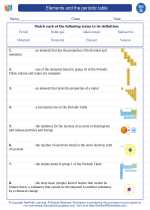Cellular Communication
Cellular communication refers to the process by which cells communicate with each other to coordinate and regulate their activities. This communication is essential for the proper functioning of multicellular organisms. There are several mechanisms through which cells communicate, including direct contact, chemical signaling, and electrical signaling.
Types of Cellular Communication
- Direct Contact: Some cells communicate through direct physical contact. This can occur through specialized junctions between cells, such as gap junctions in animal cells and plasmodesmata in plant cells. These junctions allow for the direct exchange of ions, small molecules, and electrical signals between adjacent cells.
- Chemical Signaling: Chemical signaling involves the release of signaling molecules, such as hormones, neurotransmitters, and growth factors, which travel through the extracellular fluid to target cells. These signaling molecules bind to specific receptors on the surface of target cells, triggering a response within the cell.
- Electrical Signaling: Some cells, particularly nerve cells (neurons), communicate through electrical signals. Neurons generate and transmit electrical impulses, known as action potentials, along their length. These electrical signals allow for rapid communication within the nervous system.
Mechanisms of Signal Transduction
Once a signaling molecule binds to a receptor on the surface of a target cell, a series of events is triggered within the cell to produce a response. This process, known as signal transduction, involves several key steps:
- Receptor Binding: The signaling molecule binds to its specific receptor on the cell surface.
- Signal Transduction Pathway: This sets off a series of molecular events within the cell, often involving the activation of protein kinases, second messengers, and gene transcription factors.
- Cellular Response: The signal transduction pathway ultimately leads to a specific response within the cell, such as changes in gene expression, alterations in metabolic activity, or adjustments in cellular behavior.
Importance of Cellular Communication
Cellular communication is crucial for coordinating various physiological processes within an organism. It plays a key role in processes such as growth and development, immune responses, hormone regulation, neuronal signaling, and tissue repair. Disruptions in cellular communication can lead to various diseases, including cancer, autoimmune disorders, and neurological conditions.
Study Guide
To effectively study cellular communication, consider the following key points:
- Understand the different types of cellular communication, including direct contact, chemical signaling, and electrical signaling.
- Learn the mechanisms of signal transduction and how signaling molecules elicit responses within target cells.
- Explore the importance of cellular communication in various physiological processes and disease states.
- Review specific examples of cellular communication in different tissues and organ systems.
- Consider the impact of disruptions in cellular communication on human health and potential therapeutic strategies to modulate cellular signaling pathways.
Remember to use visual aids, such as diagrams and animations, to help visualize the processes involved in cellular communication.
Good luck with your studies!
.◂Science Worksheets and Study Guides Seventh Grade. Elements and the periodic table
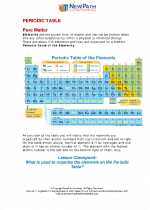
 Activity Lesson
Activity Lesson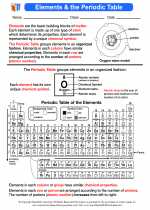
 Worksheet/Answer key
Worksheet/Answer key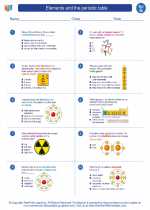
 Worksheet/Answer key
Worksheet/Answer key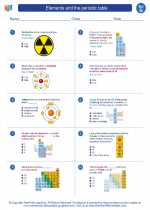
 Worksheet/Answer key
Worksheet/Answer key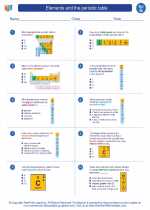
 Worksheet/Answer key
Worksheet/Answer key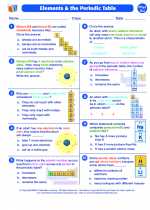
 Vocabulary/Answer key
Vocabulary/Answer key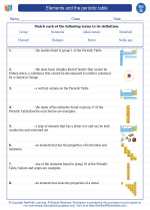
 Vocabulary/Answer key
Vocabulary/Answer key